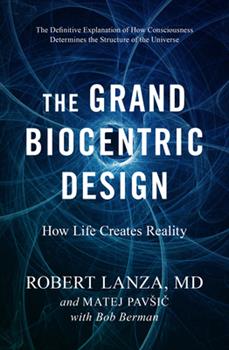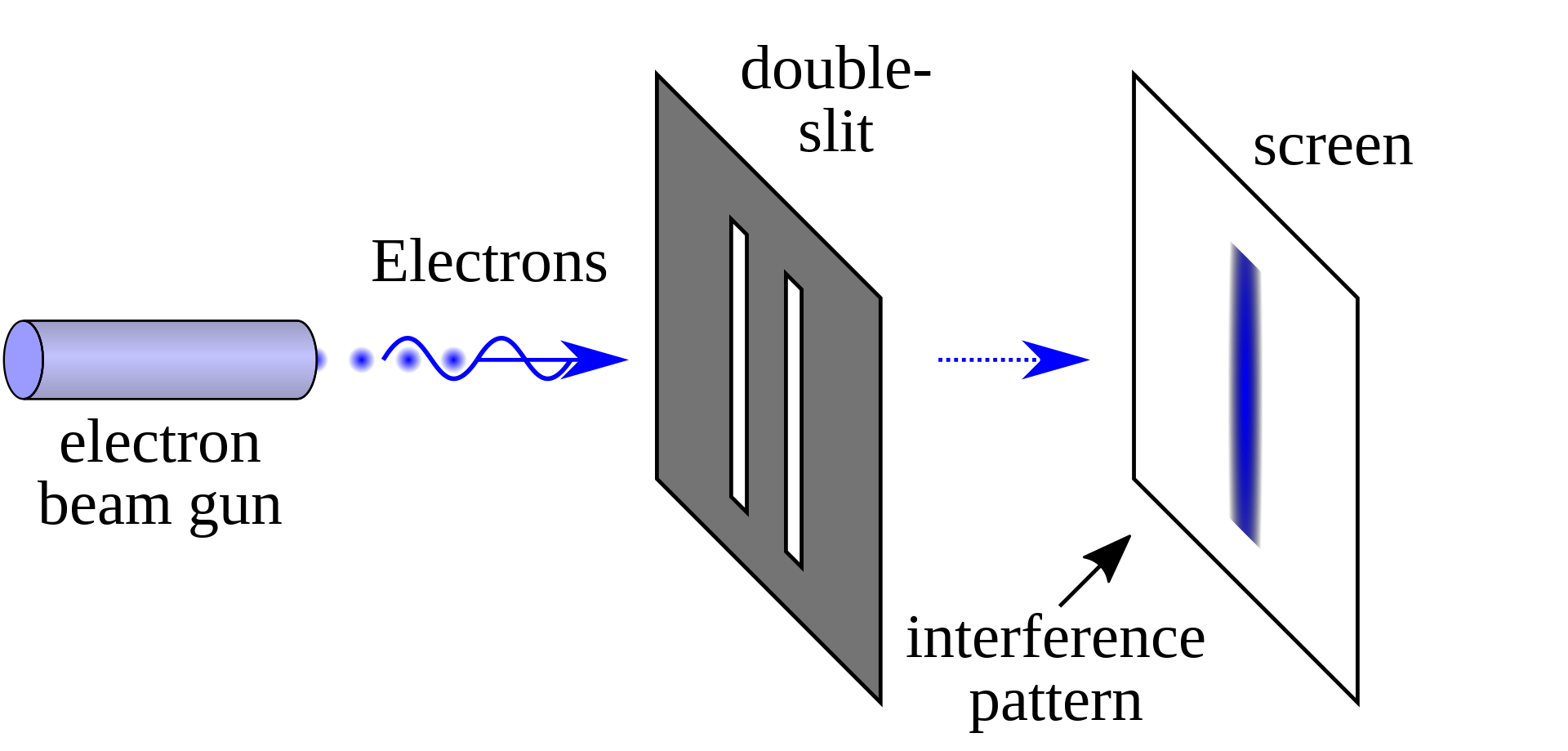
This is the second book I have read that was co-authored by Robert Lanza. The previous one was a fictional work named Observer : A Novel. This book is more of an explanation of the science at the core of the story in Observer. The science, as the title implies, has to do with Biocentrism. Biocentrism dictates that reality is a construct of consciousness. The authors cite many commonly accepted scientific principles to support the idea that life creates the universe. Nothing can happen without an observer witnessing it. This goes back to the question of whether a tree that falls in the forest makes a sound if nothing and no one is around to hear it. The author does the best job of arriving at the answer that I have ever heard. Sound is really just a person’s or animal’s interpretation of air pressure waves.
In the absence of an observer, a falling tree will certainly create a pressure wave when the tree strikes the ground, but there will be no sound unless someone, or something is there to create it from the pressure wave. Sound is merely a human’s or animal’s consciousness-created signal from an air pressure wave vibrating an eardrum. A bee can see things illuminated with just ultraviolet light. We cannot. We cannot discern anything with our eye in the absence of visible light. Ultraviolet light is outside of our visible spectrum. Bees see a bullseye of color to direct them to the flower and its pollen. We see none of this. Most of what we do see, is just our brain’s interpretation that is arriving from natural sensors – our eyes, ears, nose, skin, and tongue. We will interpret air pressure and light waves one way, and a different species may interpret it another way, or maybe not at all. Light has no inherent color. We, discounting color blindness, associate a particular frequency of light with a particular color because that is how our eyes and brain interpret it.
The above examples illustrate the differing realities that different observers of the same event might have, but the observer can also influence the outcome of an event merely by observing it. The author like to reference the famous double-slit light experiment to illustrate this.

An electron will exhibit particle-like or wave-like (diffraction and interference) behavior based on whether it is observed or not. Obviously, an electron or a photon falls under the realm of the very small with regards to physics. Newtonian, or classical physics, does not describe the behavior of very small things very well. For this, the rules of quantum mechanics must be applied. Things appear to behave very differently in the quantum realm than they do in the world we see with our eyes, but biocentrism declares that the strangeness that applies to the very small also has applications to the world we observe and our consciousness actively influences it.
Biocentrism declares that consciousness brings reality into existence. Space and time, just like the apparent color of light, are products of the consciousness that do not exist without it. Time is merely a way of organizing events that are all occurring concurrently and there is no physical universe out there without consciousness. This is an awful lot to digest. It implies that without time, there is no death. We have simply ended an existence in one of an infinite number of universes and we carry out living in another one. As bizarre as this may sound, it does line up in a sense with the afterlife in Christianity or reincarnation in Hinduism and Buddhism. If any of this is to be believed, attitude would appear to be everything. If we can be happy and content in almost any circumstance and we live forever, is this not heaven?
Best I can tell, nothing in this book can be disproven. Not everything can be proven, however. This makes it an excellent topic to ponder. The only knock I have on the author is that he brings up the case of Sybil, a pseudonym for Shirley Ardell Mason. This is the patient that the famous movie about a woman with dissociative identity disorder (multiple personalities) is based on. The author uses this example somewhat as proof or explanation for multiple realities. The psychoanalyst that treated “Sybil” has admitted to fabricating some of the facts and most of the patient records related to “Sybil” were mysteriously destroyed before outside sources were able to review them. Dissociative identity disorder, which “Sybil” was thought to be suffering from, is also one of the least understood psychological disorders. I have no idea why the author would throw this example in when it does not really help his argument.
The authors do throw in some interesting anecdotes about the nature of things. I would imagine most people know that dolphin use a sort of sonar to “see” things in the water at a great distance. A dolphin will emit a series of chirps or noises and then, from the sound reflected back, paint a mental image, of say, a school of fish in the distance. What is really interesting is the dolphin can emulate this reflected sound and repeat it to other dolphin. Those dolphin will get the same mental image of the school of fish as if they had used their own sonar. People certainly have a leg-up on dolphin in terms of tool use, but dolphin seem to be capable of incredibly efficient communication that borders on telepathy.
I found this to be an interesting read, but definitely less interesting than the fiction-based Observer that Lanza has more recently co-authored.
